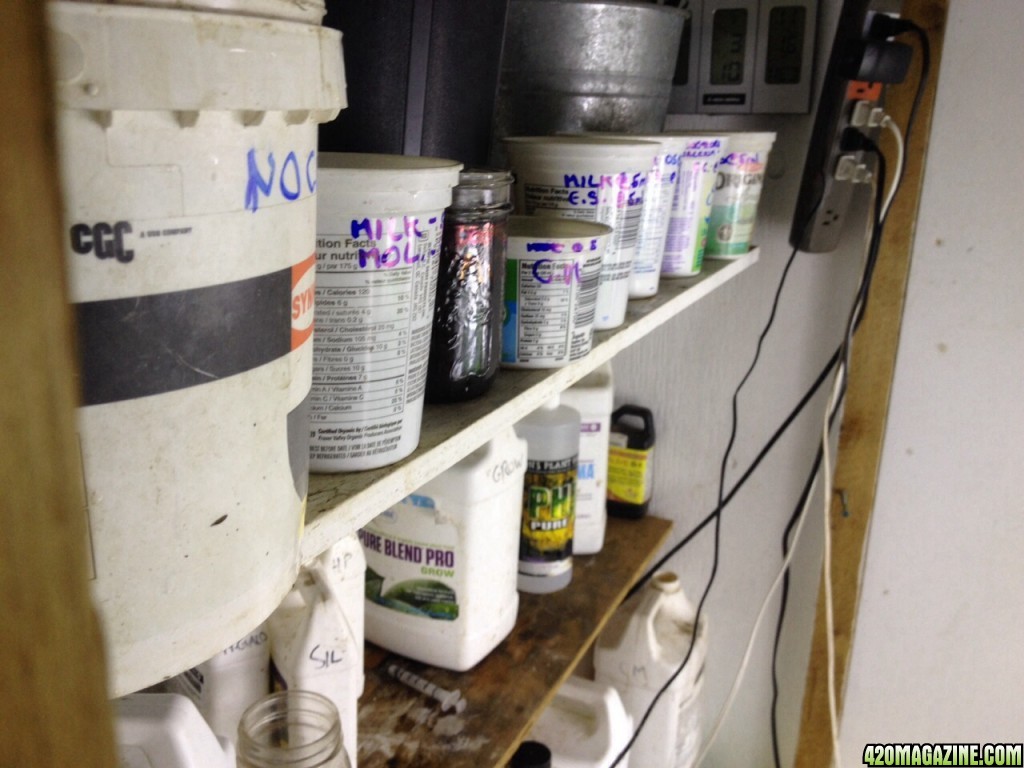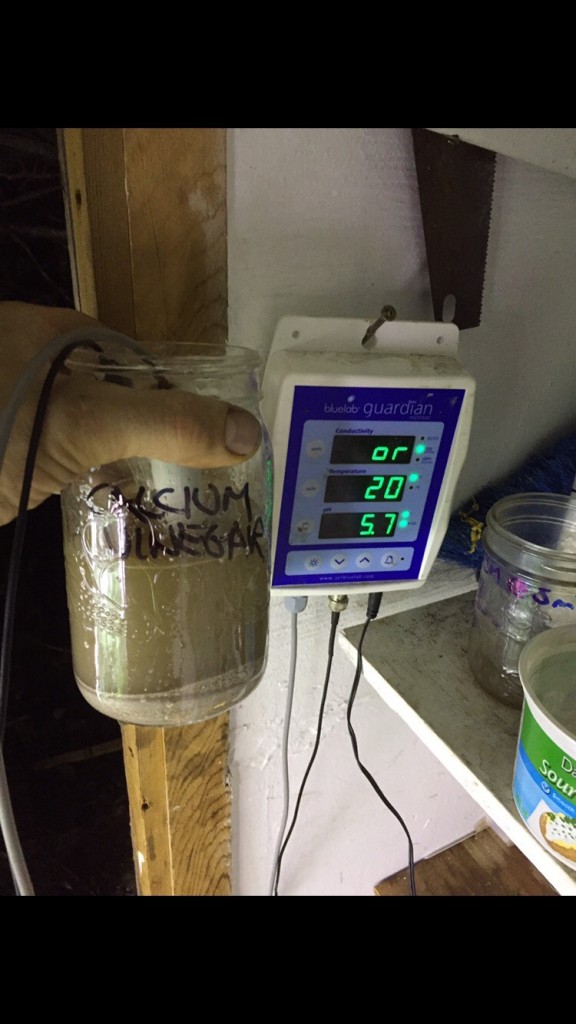I'm always paranoid when venturing into new territory.
I think your plan seems solid. Watch the girls and see how they react.
You using Epsom for a Mag source?
I think your plan seems solid. Watch the girls and see how they react.
You using Epsom for a Mag source?






 I can see you read this in front of class, just the way you wrote it, excellent and funny.
I can see you read this in front of class, just the way you wrote it, excellent and funny.




